When a car won’t start but you know that the battery has power and is not dead, it can be both frustrating and confusing.
It’s a common issue that can have a variety of causes including a bad starter motor, a clogged fuel filter, a faulty alternator or a bad ignition switch, to name but a few.
More often than not the problem lies with the battery. Even if the dashboard lights come on and the radio is working fine, there may not be enough power in the battery to start the engine.
As an Amazon Associate we earn from qualifying purchases.
In this article, we’ll explore some of the most common reasons why a car won’t start even if it has power, and what you can do to troubleshoot and fix the issue.
Why does my car have power but won’t start?
There are several reasons why a car may have power but won’t start. One common cause is a faulty starter motor or starter solenoid, which prevents the engine from turning over.
Other potential culprits include a dead battery, a clogged fuel filter, or a malfunctioning ignition switch. In some cases, the issue may be more complex, such as a damaged fuel pump or a faulty engine control module.
Here are some of the most common issues that can prevent a car from starting even when the battery has some power:
1. Faulty Battery Or Low Battery Voltage
A faulty battery is one of the most common reasons why a car won’t start. Even if the battery has enough power to turn on the lights and other electronics, it may not have enough power to start the engine.
This can be caused by a variety of factors, including a dead cell in the battery or a damaged battery terminal or damage to the battery wiring.
A car battery is easy to test and can be done at home with a basic multimeter. You should also check the battery terminals for any signs of corrosion or buildup and clean them if necessary. When testing with a voltmeter, a reading of 12.6 volts or higher indicates a fully charged battery, while a reading of 12.35 volts or lower may indicate a battery that needs charging or replacing.
You can also perform a load test by using a battery load tester, which applies a load to the battery and measures its output. If the battery fails the load test, it may need to be replaced.
2. Battery Terminal Corrosion
Corroded battery terminals can prevent a car from starting because they impede the flow of electricity between the battery and the rest of the vehicle’s electrical system. Corrosion on the battery terminals can create a layer of buildup that acts as an insulator, preventing the battery’s electrical current from reaching the starter motor and other components.
This can cause the car to crank slowly or not at all, or to make a clicking sound when you turn the key. In some cases, the corrosion may be so severe that it prevents the battery from delivering any power to the vehicle’s electrical system, causing the car not to start at all.
3. Starter Motor or Starter Solenoid Failure
A faulty starter motor or starter solenoid can prevent a car from starting because they are responsible for cranking the engine and getting it to turn over. If the starter motor is faulty, it may not be able to generate enough power to turn the engine over, or it may not work at all.
Similarly, if the starter solenoid is faulty, it may not be able to engage the starter motor, preventing it from cranking the engine.
In some cases, such as when the battery power is not sufficient, a faulty starter motor or solenoid may cause the engine to crank slowly or make a clicking sound when you turn the key.
4. Ignition Switch Problems
The ignition switch is responsible for completing the circuits to the car’s electrical accessories, including the starter motor.
When you turn the key in the ignition, the ignition switch sends an electrical signal to these components, allowing the engine to start. If the ignition switch is faulty, it may not be able to send the necessary electrical signal, preventing the engine from starting.
In some cases, a faulty ignition switch may cause the engine to start momentarily and then stall, or it may prevent the engine from starting at all.
5. Insufficient Fuel Pressure
Low fuel pressure can prevent a car from starting because it can prevent the engine from receiving the fuel it needs to start and run. The fuel system relies on a certain amount of pressure to deliver fuel to the engine’s cylinders, and if the pressure is too low, the engine may not start or may stall shortly after starting.
Low fuel pressure can be caused by a variety of factors, such as a clogged fuel filter, a failing fuel pump, or a faulty fuel pressure regulator. It’s important to have the fuel system checked and repaired if necessary to prevent damage to the engine and ensure reliable starting.
6. Clogged Fuel Filter
If the fuel filter is clogged, the engine won’t receive enough fuel to start as it can restrict the flow of fuel to the engine.
The fuel filter is responsible for trapping dirt, debris, and other contaminants that may be present in the fuel system, preventing them from reaching the engine.
Over time, the filter can become clogged with these contaminants, which can restrict the flow of fuel to the engine and prevent it from starting.
In some cases, a clogged fuel filter may cause the engine to hesitate or stall while driving, or it may cause poor performance or reduced power.
7. Spark Plug Problems
A bad spark plug can prevent a car from starting because it can prevent the engine from igniting the fuel mixture in the cylinders. The spark plug is responsible for creating a spark that starts the combustion process and gets the engine running.
If the spark plug is faulty or worn out, it may not be able to create a spark, or the spark may be weak, preventing the engine from starting.
8. Ignition Coil Failure
The ignition coil takes the low voltage power from the battery and transforms it into the high voltage spark needed to start the engine. If the ignition coil is faulty or worn out, it may not be able to provide the necessary spark, preventing the engine from starting.
In some cases, a bad ignition coil may cause the engine to misfire or run poorly, or it may cause reduced power or poor acceleration.
This can be caused by a variety of factors, including a damaged ignition coil or a faulty ignition control module.
What Next – How To Diagnose And Repair Car Not Starting With Power
As we’ve outlined above, there are many reasons why a car may not start, including issues with the battery, starter, alternator, fuel system and ignition system.
In this section, we will focus on diagnosing and repairing a car that is not starting with power, meaning that the battery has power but the car still won’t start.
Here are some general steps that will help you to start the diagnosis process and narrow down the source of the problem. You may need to refer to a service manual for your vehicle or pay a mechanic to investigate and repair the problem for you.
- Check the battery:
- If your vehicle is older or has halogen headlights try turning on the car’s headlights and check if they are bright. If they are dim or not working, the battery may be weak or dead.
- Use a multimeter to test the battery voltage. A fully charged battery should read around 12.6 volts. If the voltage is lower, the battery may need to be charged or replaced.
- Check the battery terminals for corrosion or loose connections. Clean the terminals and tighten any loose connections.
- Check the starter motor:
- Listen for a clicking sound when you turn the key. If you hear a clicking sound, but the engine does not turn over, the starter may be bad.
- Check the starter motor circuit: Use a multimeter to test the starter motor circuit for voltage. Connect the multimeter’s positive lead to the starter motor terminal and the negative lead to a ground. Have someone turn the key to the start position while you check for voltage. If the voltage is low or nonexistent, the starter motor circuit may be faulty.
- Check the starter motor solenoid: The starter motor solenoid is a small cylindrical component located on the starter motor. Use a multimeter to test the solenoid for voltage.
- Remove And Check the starter motor: Remove the starter motor from the engine and place it on a bench. Use a jumper wire to connect the positive battery terminal to the starter motor terminal. The starter motor should spin and the pinion gear should thrust forward. If the starter motor does not spin or the pinion gear does not thrust forward, the starter motor may be faulty and need to be replaced.
- Check the alternator:
- Use a multimeter to test the alternator’s voltage output. It should read around 14 volts when the engine is running, although some will produce a higher voltage. If the voltage is lower, the alternator may be bad, but you will need to check a service manual for your vehicle to see if the voltage output is out of range.
- Check the alternator belt for wear or looseness. A worn or loose belt can prevent the alternator from charging the battery.
- Check the fuel system:
- Listen for the fuel pump to prime when you turn the key. If you don’t hear a whirring sound it may indicate the fuel pump is bad and this will need further investigation.
- Check the fuel pressure with a fuel pressure gauge. If the pressure is low or nonexistent, the fuel pump or fuel filter may need to be replaced.
- Check the ignition system:
- Check the spark plugs: Remove a spark plug and inspect it for signs of damage or wear. Check the gap between the electrode and the ground strap to make sure it is within the manufacturer’s specifications. If the spark plug is damaged or worn, replace it.
- Check the ignition coil: Use a multimeter to test the ignition coil for proper voltage output.
- Check the distributor cap and rotor: If your car is older and doesn’t have direct fuel injection, try inspecting the distributor cap and rotor for signs of damage or wear. Check the contacts inside the cap and on the rotor for corrosion or buildup. If the cap or rotor is damaged or worn, replace it.
- Check the ignition module: The ignition module controls the timing and firing of the spark plugs. Use a multimeter to test the module for proper voltage output.
- Check the ignition switch: The ignition switch sends power to the ignition system when the key is turned. Use a multimeter to test the switch for proper voltage output. Connect the multimeter’s positive lead to the switch terminal and the negative lead to a ground. Turn the key to the on position and check for voltage. If the voltage is low or nonexistent, the switch may be faulty.
Carry Out OBD Diagnostics Scan
One of the most important steps in diagnosing this sort of problem is to carry out an OBD (On-Board Diagnostics) scan. An OBD readout can provide you with some diagnostic error codes that may help you to narrow down the source of the problem.
Here are some common OBD-II codes associated with a car that won’t start but has some battery power:
| OBD Code | Description | Possible Causes |
|---|---|---|
| P0562 | System Voltage Low | Dead battery, faulty alternator, loose or corroded battery cables |
| P0563 | System Voltage High | Faulty voltage regulator, damaged wiring, faulty alternator |
| P0615 | Starter Relay Circuit | Faulty starter relay, damaged wiring, faulty starter |
| P0620 | Generator Control Circuit | Faulty alternator, damaged wiring, faulty battery |
| P0621 | Generator Lamp “L” Control Circuit | Faulty alternator, damaged wiring, faulty battery |
| P0685 | ECM/PCM Power Relay Control Circuit | Faulty ECM/PCM power relay, damaged wiring, faulty ECM/PCM |
| P0688 | ECM/PCM Power Relay Sense Circuit | Faulty ECM/PCM power relay, damaged wiring, faulty ECM/PCM |
| P1603 | Battery Backup Circuit Malfunction | Dead battery, faulty alternator, damaged wiring |
| P1614 | MIL Request Circuit Voltage High | Faulty ECM/PCM, damaged wiring, faulty instrument cluster |
| P1615 | MIL Request Circuit Voltage Low | Faulty ECM/PCM, damaged wiring, faulty instrument cluster |
As an Amazon Associate we earn from qualifying purchases.


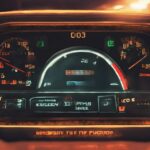



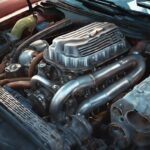
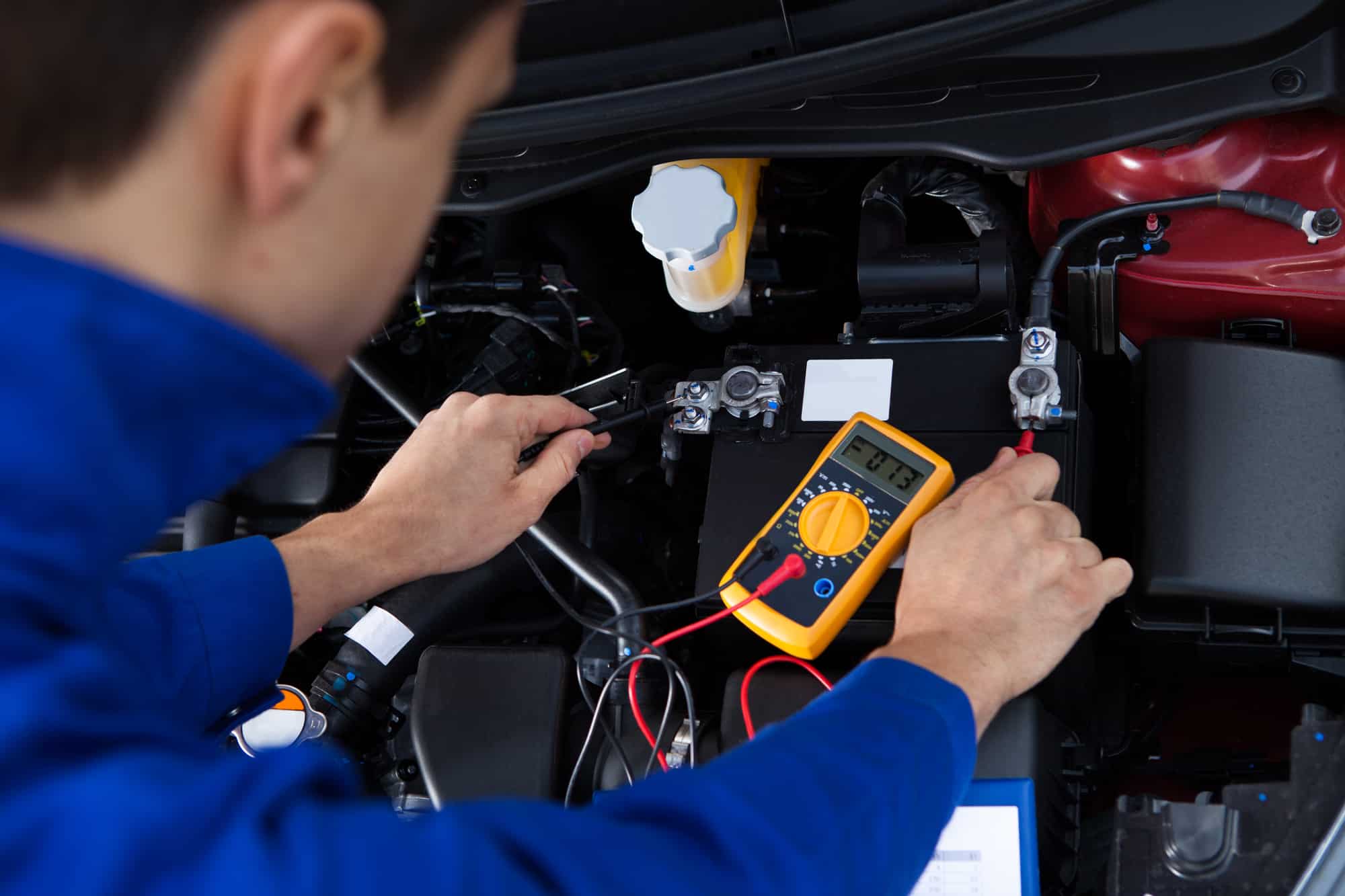





















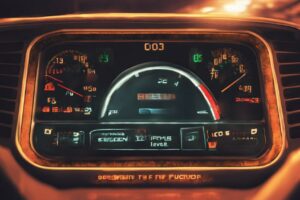
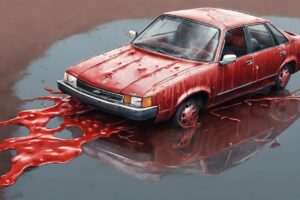
My car’s headlights and interior lights seem bright, but the engine won’t start. Could this still be a battery issue, or should I start looking into one of the other potential problems listed?
Is it possible to use a standard multimeter to perform all the necessary battery and alternator tests at home, or would I need any specialized equipment for a more accurate diagnosis?